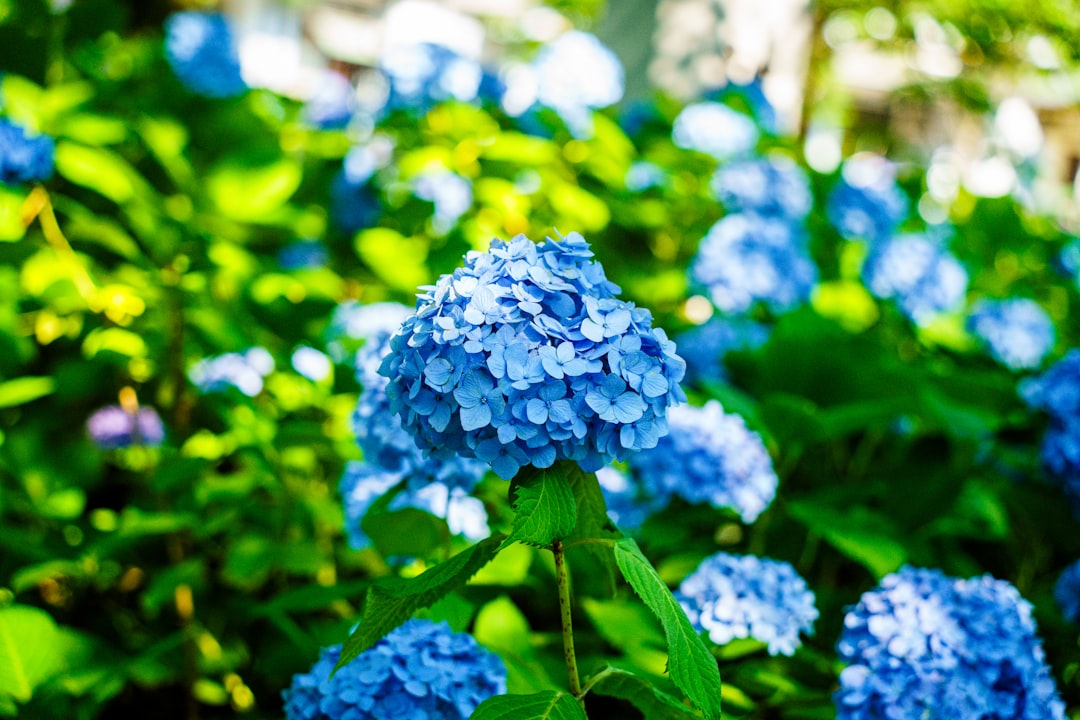Safeguarding Your Shrubs: Unveiling Boxwood Blight Secrets

Boxwood blight, a menacing threat to your beloved shrubs, has been causing distress among gardeners. Understanding what it is, how to spot its symptoms, and taking proactive measures to prevent its spread are crucial steps in maintaining a healthy garden. In this article, we will delve deep into the world of boxwood blight and equip you with the knowledge to protect your shrubs.
Boxwood blight is a fungal disease caused by Cylindrocladium buxicola (also known as Calonectria pseudonaviculata). This pathogen primarily targets boxwood plants, which are popular for their evergreen foliage and are commonly used in hedges, topiaries, and ornamental gardens. The disease can spread rapidly, especially in humid and wet conditions, and can cause significant damage to boxwood shrubs if left untreated.
Recognizing the Symptoms
One of the first signs of boxwood blight is the appearance of dark brown or black spots on the leaves. These spots may start small but can quickly expand and merge, causing the leaves to turn yellow and eventually drop off. In addition to leaf spots, you may also notice black streaks on the stems. As the disease progresses, the affected shrubs may lose a large number of leaves, giving them a sparse and unhealthy appearance. Another characteristic symptom is the presence of white spore masses on the undersides of the leaves, especially during wet weather. These spore masses are a clear indication of the fungal infection and can easily spread to other nearby plants through wind, water, or contaminated tools.
It's important to note that the symptoms of boxwood blight can sometimes be confused with other diseases or environmental stressors. For example, leaf spot diseases caused by other fungi or bacteria may also cause similar-looking spots on the leaves. However, boxwood blight typically affects the entire plant more uniformly, and the presence of black stem streaks and white spore masses are distinguishing features. If you're unsure whether your boxwood shrubs are infected with boxwood blight, it's best to consult a professional arborist or plant pathologist for a proper diagnosis.
Preventing the Spread
Prevention is key when it comes to boxwood blight. Here are some effective strategies to keep your shrubs safe:
- Choose Resistant Varieties: When selecting boxwood plants for your garden, look for varieties that are known to be resistant to boxwood blight. Some examples of resistant varieties include Buxus microphylla 'Winter Gem' and Buxus sempervirens 'Vardar Valley'. These varieties may not be completely immune to the disease, but they are less likely to be severely affected.
- Maintain Good Air Circulation: Boxwood blight thrives in humid and stagnant conditions. To reduce the risk of infection, make sure your shrubs are planted with enough space between them to allow for good air circulation. Prune any overcrowded branches to improve airflow and prevent the buildup of moisture on the leaves.
- Keep the Area Clean: Remove any fallen leaves, twigs, or debris from around your boxwood shrubs regularly. These plant materials can harbor the fungal spores and provide a breeding ground for the disease. Dispose of the debris properly, preferably by burning or burying it away from your garden.
- Sanitize Your Tools: Fungal spores can easily spread from one plant to another through contaminated tools. Before pruning or working on your boxwood shrubs, make sure to clean and disinfect your tools with a solution of 10% bleach or 70% alcohol. This will help prevent the transfer of the disease-causing pathogens.
- Avoid Overhead Watering: Watering your boxwood shrubs from above can create a moist environment that is ideal for the growth and spread of boxwood blight. Instead, use a soaker hose or drip irrigation system to water the plants at the base, keeping the leaves dry.
Treating Infected Shrubs
If you discover that your boxwood shrubs are infected with boxwood blight, it's important to take immediate action to prevent the disease from spreading further. Here are some treatment options:
- Pruning: Carefully prune away any infected branches and leaves, making sure to cut at least 6 inches below the visible symptoms. Dispose of the pruned material properly to prevent the spread of the fungal spores. After pruning, sanitize your tools to avoid cross-contamination.
- Fungicide Applications: In some cases, applying a fungicide may help control the spread of boxwood blight. However, it's important to note that fungicides are most effective when used as a preventive measure or in the early stages of the disease. Choose a fungicide that is labeled for use against boxwood blight and follow the instructions on the label carefully. Make sure to apply the fungicide evenly to all parts of the plant, including the leaves and stems.
- Monitor and Repeat Treatments: After treating your boxwood shrubs, continue to monitor them closely for any signs of new infection. Depending on the severity of the disease and the effectiveness of the treatment, you may need to repeat the pruning and fungicide applications several times throughout the growing season.
In conclusion, boxwood blight is a serious disease that can pose a significant threat to your boxwood shrubs. By understanding the symptoms, taking preventive measures, and treating infected plants promptly, you can protect your garden and keep your shrubs healthy and beautiful for years to come. Remember, early detection and action are crucial in the fight against boxwood blight, so stay vigilant and take good care of your plants.